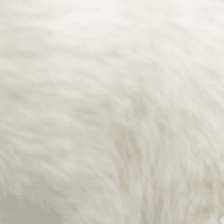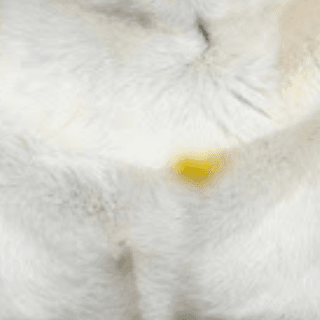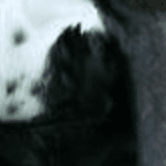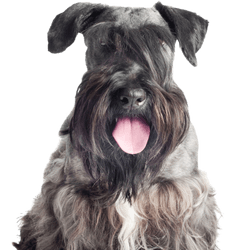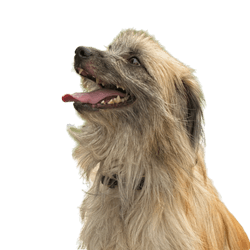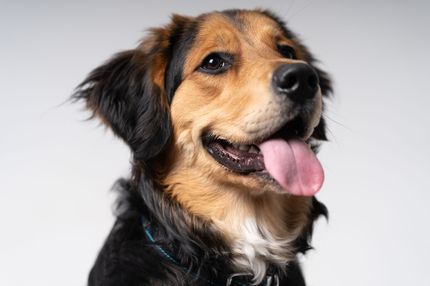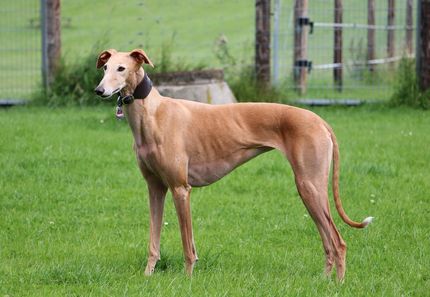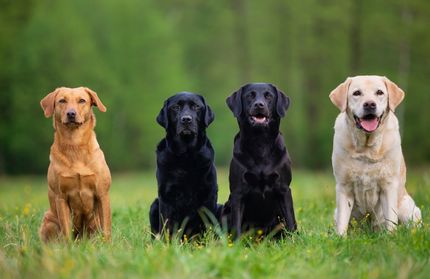Facts & Origin
What is the origin of the Icelandic Sheepdog?
The Icelandic Sheepdog is a very old dog breed and the only dog breed in Iceland. From the 8th century onwards, more and more northern Europeans settled in Iceland. They brought their dogs with them: Nordic Spitz dogs. The dogs had the task to guard the farms and herds on the sparsely populated and rough island of the North Atlantic. So this is a herding dog. With time, they adapted to the rough climate. In Icelandic the dog is called "Islenskur Fjárhundur".
As the only dog breed on the island, the Icelandic dogs had to fulfill various tasks. With their barking and protective instinct they defended the farm and family. In the process, a particularly human-oriented nature and the great child-friendliness of this dog breed developed. The Icelandic dogs also herded the flocks of sheep and helped with the hunting, chased away seagulls and vermin. Originally, their ancestors were aggressive dogs, which was rather a hindrance to their work as shepherd dogs. The Icelandic dog breeders tried to drive this characteristic out of them through selective breeding.
Because of the import ban of other dog breeds, the Icelandic dog could develop purely for a long time. However, they faced extinction again and again. On the one hand by volcanic eruptions, on the other hand by epidemics. A distemper epidemic in the 19th century reduced the Icelandic dog population by an estimated 75 %. In addition, illegally imported dogs mixed with legally important ones. At the beginning of the 20th century, there were only a few purebred dogs left in the remote areas of the North Atlantic island. It was particularly thanks to the efforts of the Englishman Mark Watson that the Icelanders became aware of the concern about this dog breed. In 1969, the "Hundareiktarfélag Íslands", the Icelandic Dog Association, was founded. According to a comprehensive genetic analysis from 2017, the Icelandic dog was able to retain its original identity. Meanwhile, the Icelandic dog enjoys great popularity outside its homeland.
In 1898, the first standard was established, but it did not become generally accepted. In 1972, the standard (FCI Group 5, Section 3, Standard No. 289) was renewed.
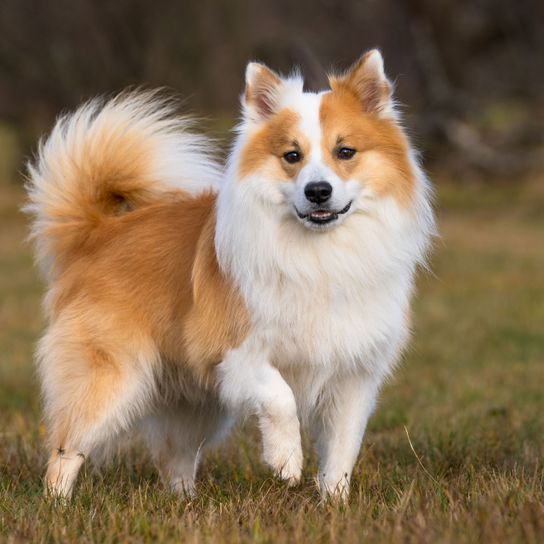
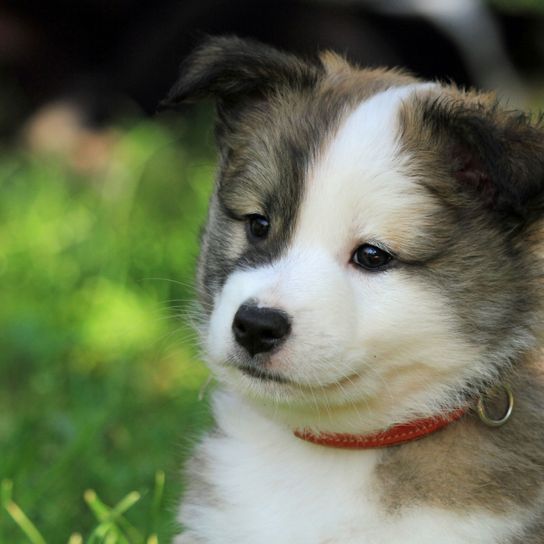
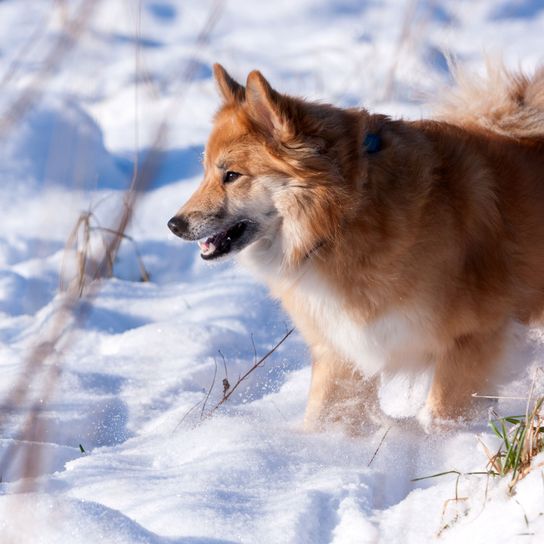
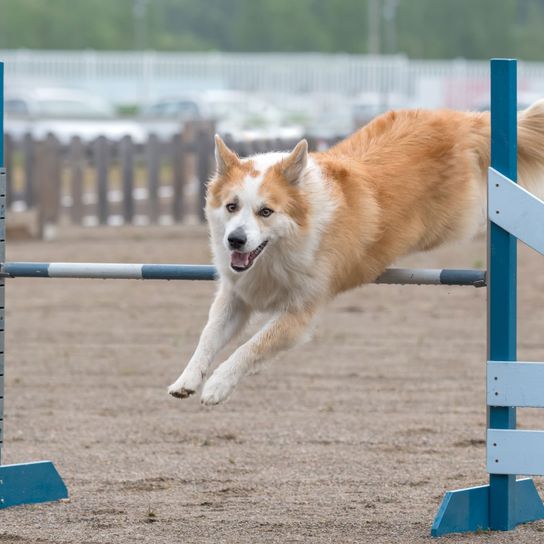
| Alternate Name | - |
| Origin | Iceland |
| Life expectancy | 12 - 15 years |
| Care requirements | high-maintenance |
| Activity level | average to high |
| FCI group | Nordic Watchdogs and Herders |
| AKC group | not recognised |
| KC group | working group |
Attitude, character and temperament of the breed
What are typical character traits of the Icelandic Sheepdog?
The Icelandic Sheepdog is considered to be an energetic, alert and strong-willed dog. It has a strong temperament, it is fast, skillful and self-confident, as befits a herding dog. It is also extremely friendly, curious and playful. They build a close relationship with their owner and are extremely fond of children. They are also open-minded towards strangers.
If you want to buy an Icelandic Sheepdog, you should offer them enough physical and mental activity. A bored Icelandic Sheepdog will quickly find another outlet for their excess energy. The dog is eager to learn and likes to make use of its energy doing different sports, obedience training or agility. They preferably drive and herd cattle. The Icelandic Sheepdog tends to bark, which is a trait of theirs that is difficult to get rid of. Their hunting instinct and aggressive behaviour is only weakly developed. With other dogs they show dominant behaviour. Icelandic Sheepdog puppies need start early with
- a consistent training. This way you can make sure their
- joy of barking can somewhat be contained. Ideally, they should be kept in the countryside or in a garden. Thanks to the
- weakly developed hunting instinct you can explore nature with them in a relaxed manner. You can also keep them in the city as long as they
- get enough exercise.
Character
Usage
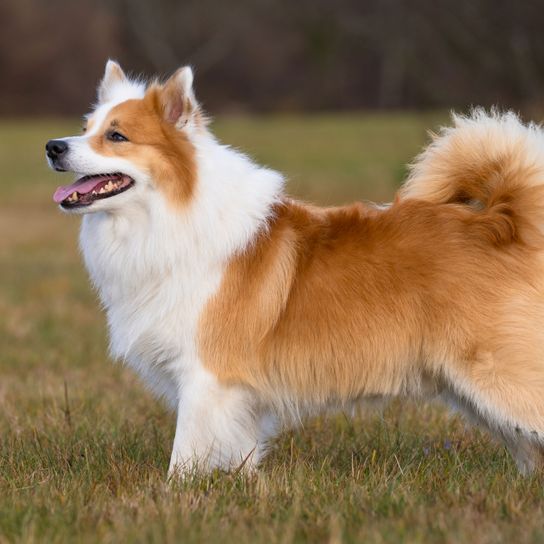
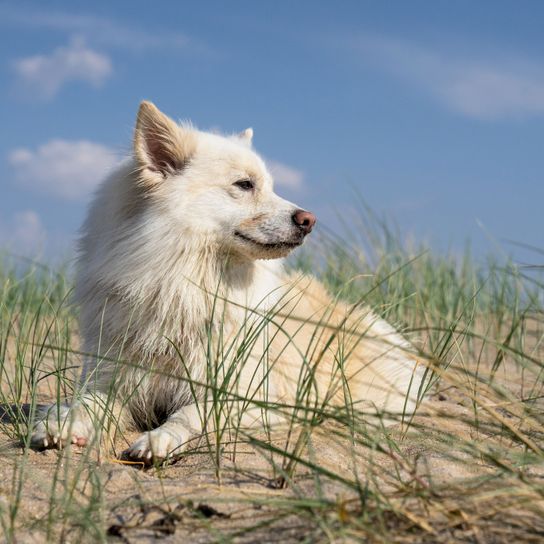
What are typical diseases of the Icelandic Sheepdog?
In general, the Icelandic dog is a robust and healthy breed. Only few hereditary diseases are known in some cases. Eye problems can occur as well as a false position of the testicles.
What should be considered when in regards to Icelandic Sheepdog breeding?
According to the standards, different colours are allowed, but one hair colour must always be dominant. Icelandic Sheepdog breeders either breed the short-haired or the medium-length haired variation. An Icelandic Sheepdog costs about 1000 Euros.

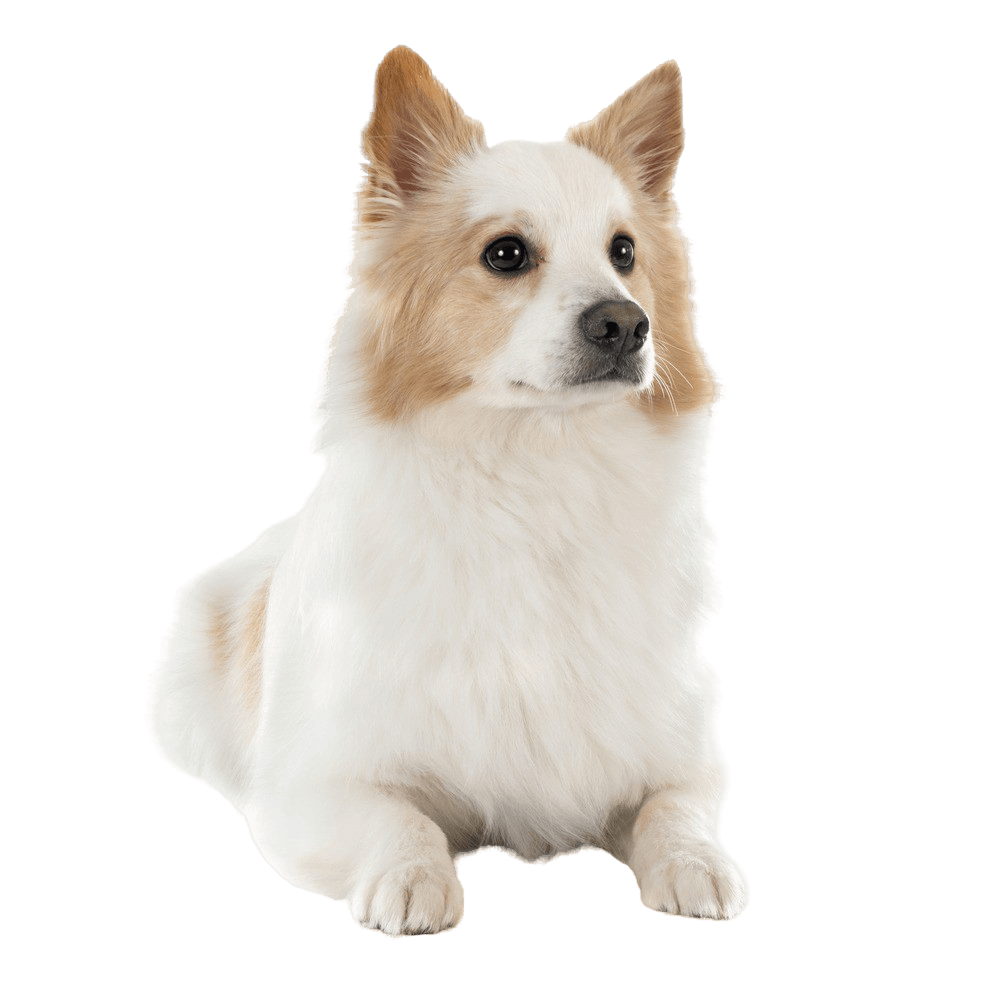
What are the breed characteristics of the Icelandic Sheepdog?
The Iceland Sheepdog has some typically Nordic characteristics. Their ears are triangular, the tail is carried curled up over their back. Typical for them are the double dewclaws on their hindquarters. In rare cases, these claws can be found on all four paws. These kinds of dogs are also called "Alspori". They make a friendly, intelligent impression. Their body length measured from the point of the nose to the point where their tail starts is longer than their height at the withers, which gives them a rectangular appearance when looked at from the side.
Appearance and coat of the Icelandic Sheepdog
They have a weatherproof, dense double coat. Generally, there are two varieties: short-haired and long-haired. The short-haired variety has a medium-long, rough top coat with a soft undercoat. The hair in their face it is shorter and their tail is very bushy. In the long haired variety the top coat is longer.
The Icelandic Sheepdog can appear in different colours:
- black
- grey
- brown
- tan to reddish-brown
The coat is very easy to groom. During the change of coat you should brush it daily, apart from that weekly grooming is sufficient.
What size does the Icelandic Sheepdog reach?
A male Icelandic Sheepdog grows to about 46 cm in height, while a female dog is about 42 cm tall.
How much does an Icelandic Sheepdog weigh?
Male animals weigh about 18 kg, the female Icelandic dogs weigh between 10 and 16 kg.
What is the life expectancy of an Icelandic Sheepdog?
The average life expectancy is 12 years. However, many Icelandic Sheepdogs can also reach a higher age.
| Fur length | long |
| Fur | - |
| Ear shape | Standing Ears |
| Tail | rolled up |
| Anatomy | strong |
| Size ♀ | 39 - 42 cm |
| Weight ♀ | 10 - 14 kg |
| Size ♂ | 42 - 46 cm |
| Weight ♂ | 10 - 14 kg |
| Suitable For | - |
Colors





